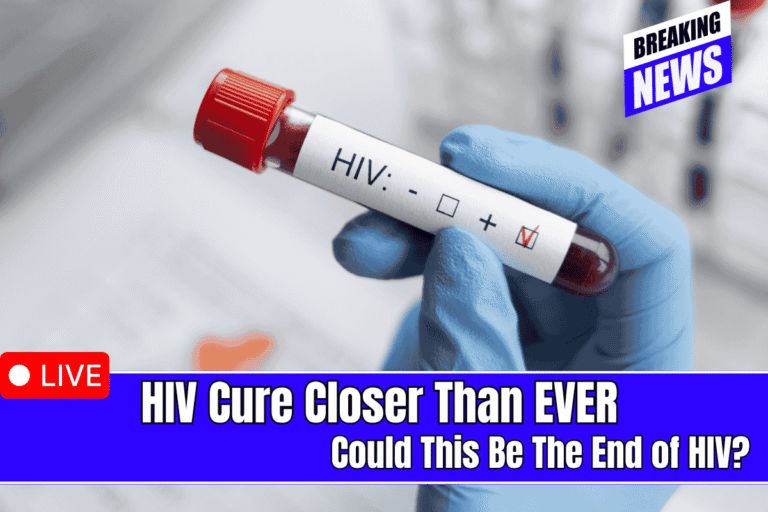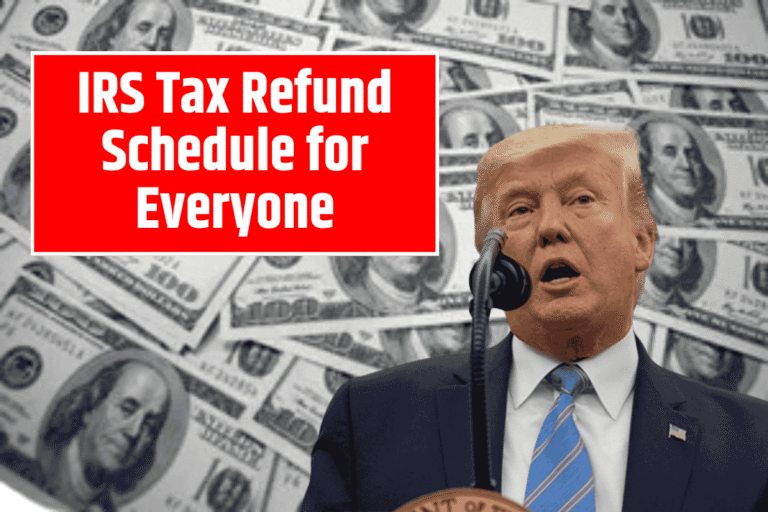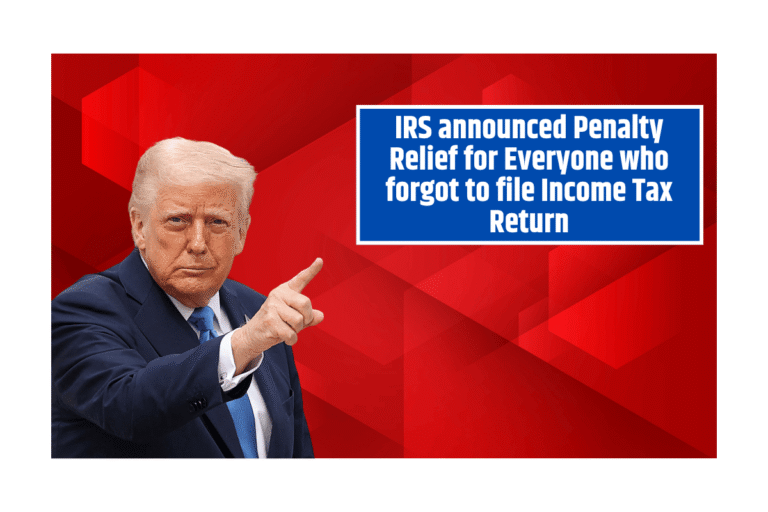$1,000 for Everyone Credit One Bank $14 Million Settlement 2025 – Check If You’re Eligible
Credit One Bank is facing a major legal issue after allegations of violating the Telephone Consumer Protection Act (TCPA) by making robocalls to thousands of individuals between 2014 and 2019. In response to the claims, the bank has agreed to a $14 million class-action settlement to compensate those affected.
If you received unsolicited robocalls from Credit One Bank, you might be eligible for a payout. Here’s everything you need to know about the settlement and how to file a claim.
Legal Background and Allegations Behind the Settlement
The robocalls were made using automated dialing systems and prerecorded voice messages without prior consent. This practice violates the Telephone Consumer Protection Act (TCPA), which was established in 1991 to protect consumers from unwanted calls, particularly on their cellphones.
The lawsuit alleges that Credit One Bank called both existing customers and individuals with no relationship to the bank, many of whom had never authorized such calls.
Although Credit One Bank denies any wrongdoing, it has agreed to settle the case for $14 million to avoid further legal action and provide compensation to those affected.
Financial Overview of the $14 Million Fund
The $14 million settlement fund will cover a variety of costs, including:
- Payments to eligible claimants.
- Attorney fees.
- Administrative costs and litigation-related expenses.
After these expenses are deducted, the remaining funds will be distributed among individuals who file valid claims. The payout amount for each individual will depend on how many claims are filed and whether the claimant can provide supporting documentation. Those with phone logs or billing statements showing the unsolicited calls may receive higher payments, though documentation is not required to file a claim.
Who Can File a Claim and What Qualifies?
To be eligible for compensation, you must meet the following criteria:
- Received Robocalls: You must have received an automated or prerecorded robocall from Credit One Bank or its affiliates between 2014 and 2019.
- No Prior Consent: You should not have given prior consent to receive such calls.
- Phone Ownership: You must be able to verify ownership of the phone number that received the calls during this period.
Even if you were not a customer of Credit One Bank, you could still be eligible if the calls were mistakenly directed to the wrong numbers or to people with no relationship to the bank.
How to Submit a Claim and What You Need
Once the court approves the settlement, a dedicated website will be set up for individuals to submit their claims. You will need to provide the following information:
- Personal Information: Your full legal name and contact details.
- Phone Number(s): The phone number(s) that received the robocalls.
- Call Dates: Any dates or periods when the calls occurred.
- Documentation: Optional but helpful, such as phone records or billing statements.
- Affidavit: A declaration under penalty of perjury confirming the truthfulness of your claim.
If you received an official notice with a unique Claim ID, you may be able to submit a faster, pre-filled claim.
Payment Timeline and Expected Disbursement Dates
The settlement process will take several months to complete, and here is an estimated timeline:
- Final Court Approval Hearing: Date Pending – To be Scheduled.
- Settlement Website Launch: 30–45 days after court approval.
- Claim Filing Window: 60–90 days after website launch.
- Claims Review and Verification: 3–5 months after the claims window closes.
- Estimated First Payment Disbursement: 6–9 months after court approval.
Although there may be delays, this is the general process for receiving payments. Keep an eye on the official settlement website for updates.
Next Steps for Eligible Individuals
To make sure you don’t miss out on compensation:
- Monitor for Notices: Check your email and mailbox for official settlement notifications.
- Gather Documentation: Collect relevant phone records or proof of the unsolicited calls you received.
- Submit Your Claim: Once the settlement website is live, submit your claim with the necessary information.
- Choose Payment Method: You will be able to select how you want to receive your payout.
By taking these steps, eligible individuals can ensure they are compensated for the unwanted robocalls.
FAQs
1. Who is eligible for the settlement?
Anyone who received automated robocalls from Credit One Bank or its affiliates between 2014 and 2019 and did not give prior consent to receive such calls is eligible to file a claim.
2. How much will I get from this settlement?
The payout amount depends on the number of claims filed and whether you can provide documentation to support your claim. Those with proof of the calls may receive a larger payout.
3. How do I file a claim?
Once the settlement website is set up, you can submit your claim online. You’ll need to provide personal information, phone numbers that received the calls, dates of the calls, and optionally, supporting documentation.
4. When can I expect my payment?
Payments will be issued 6–9 months after the court approves the settlement. The process will take time, so check the official website for updates.
5. Can I still file a claim without proof?
Yes, you can still file a claim without documentation, but having phone records or billing statements will increase the chances of a higher payout.
Conclusion
If you received a robocall from Credit One Bank between 2014 and 2019, you could be eligible for compensation as part of the $14 million class-action settlement. Keep an eye out for official notices, gather any available documentation, and submit your claim when the website becomes live. This settlement offers a valuable opportunity to receive compensation for the invasive robocalls you may have received.





